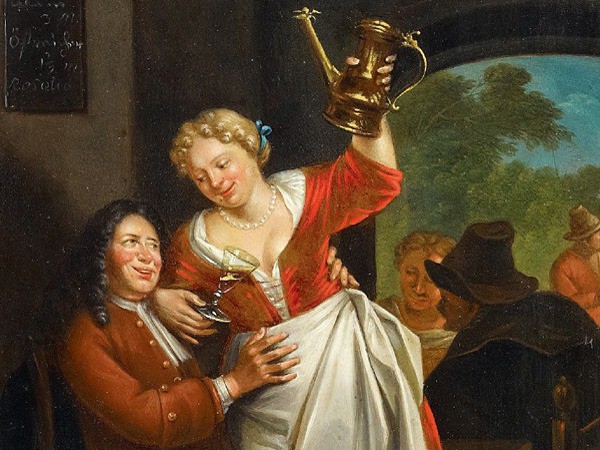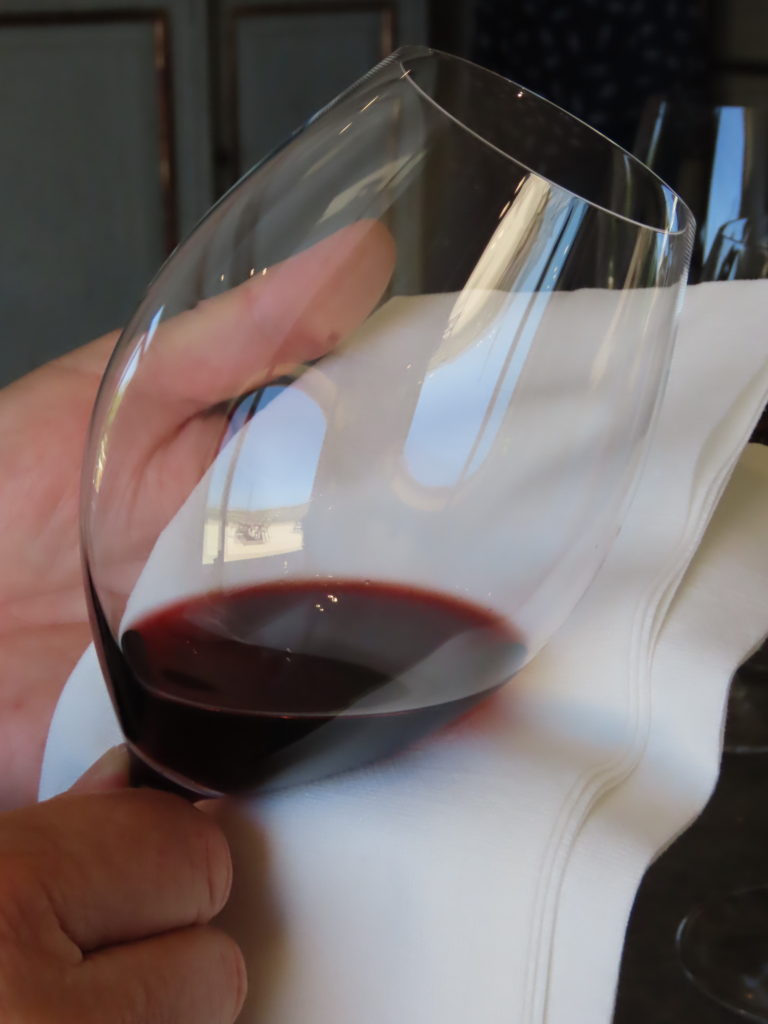Blue strong cheese; the facts and the fiction
To really enjoy blue strong cheese, we need to differentiate between the facts and the fiction. What all blue cheeses have in common is the presence of a strain of penicillin mold which is introduced directly into the cheese curd before it is shaped. The cheese is then pierced with metallic spikes to allow air to permeate and speed the development of the mold. It is this mold that creates the blue veins that have donated their name to the cheese.
THE FICTION
It seems that love plays a major role in the discovery of blue cheese.To really enjoy blue cheese, we need to differentiate between the facts and the fiction.
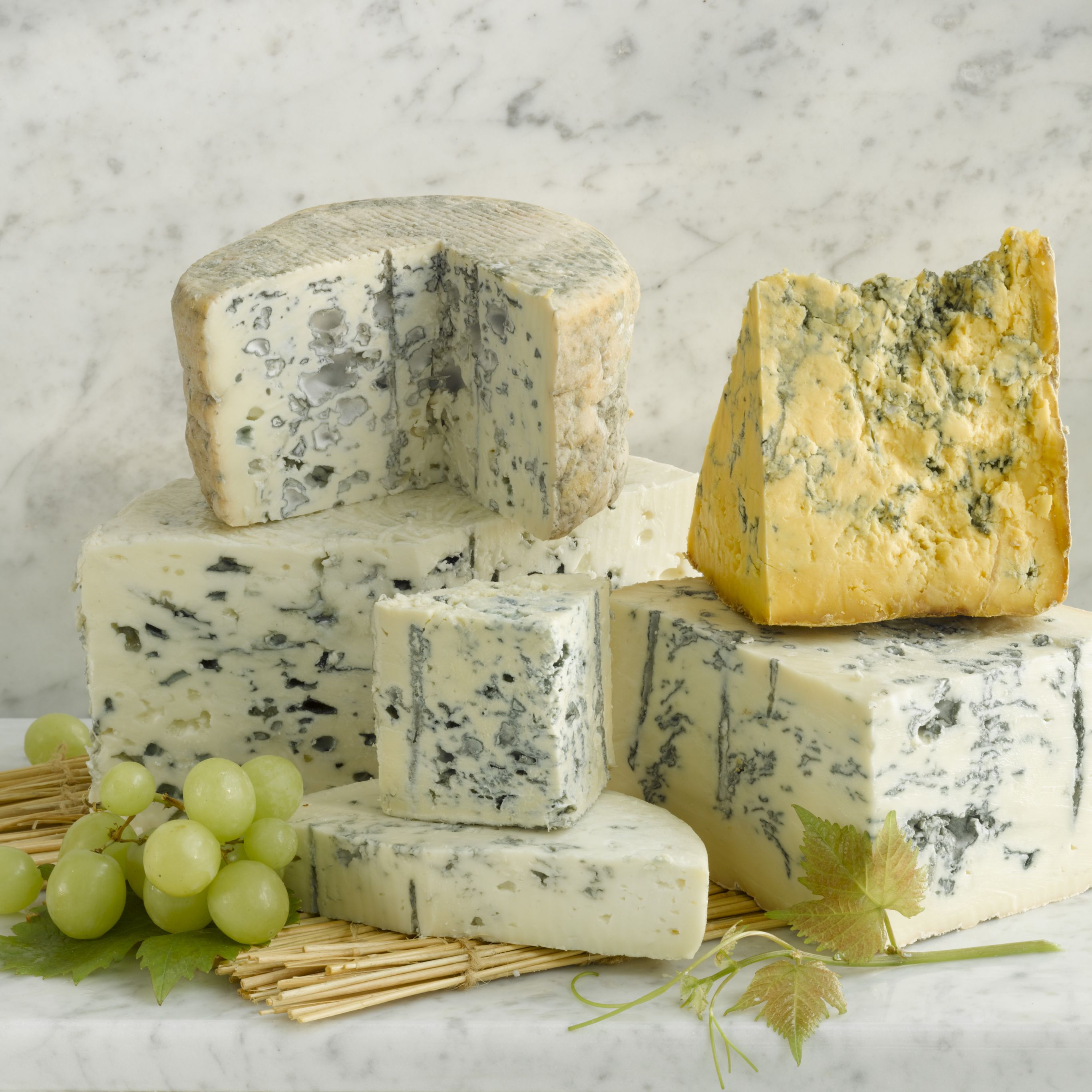
Gorgonzola; According to legend the cheesemaker’s assistant was milking his cow one evening when he snuck away to visit his lover. When he returned the next morning the previous night’s milk had already begun to ferment, and by adding fresh milk he accidentally created something new, a kind of blue cheese we call Gorgonzola today.
Roquefort; Legend has it that the cheese was discovered when a youth, eating his lunch of bread and ewes’ milk cheese, saw a beautiful girl in the distance. Abandoning his meal in a nearby cave, he ran to meet her. When he returned a few months later, the mold penicillium roqueforti had transformed his plain cheese into Roquefort.
THE FACTS
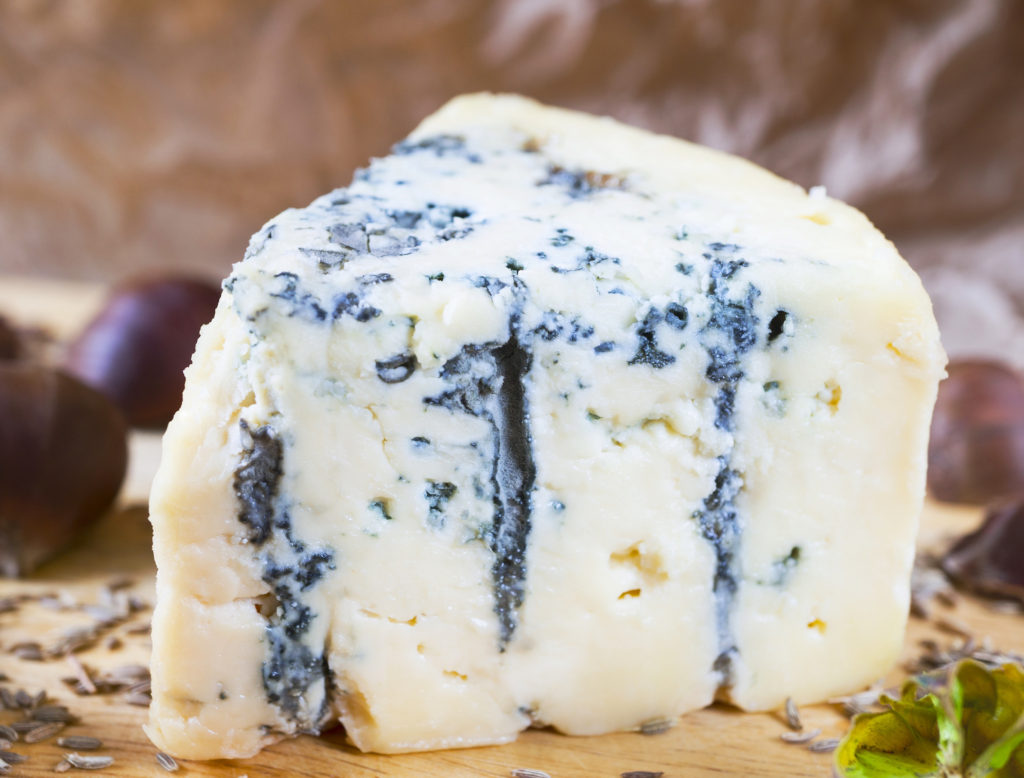
Blue cheese covers a broad spectrum of cheese; some are hard and crumbly, some are creamy. Some are strong and piquant while some are mild and sweet. Some are made of sheep’s milk whilst others are made of cow’s milk. The common factor, however, is the growth of blue mold inside the veined cheese giving it a distinct “Blue cheese” flavor and smell. The most well-known blue cheese must surely be Gorgonzola (Italy), Roquefort (France) and Stilton (England).
It is the mold that creates the flavor in the blue cheese
The blue mold in the cheese is added by cheese-makers in order to help the cheese ‘break down’ and enhance the flavor of the cheese. The blue molds are different strains of the penicillin genus but mostly penicillium roqueforti.
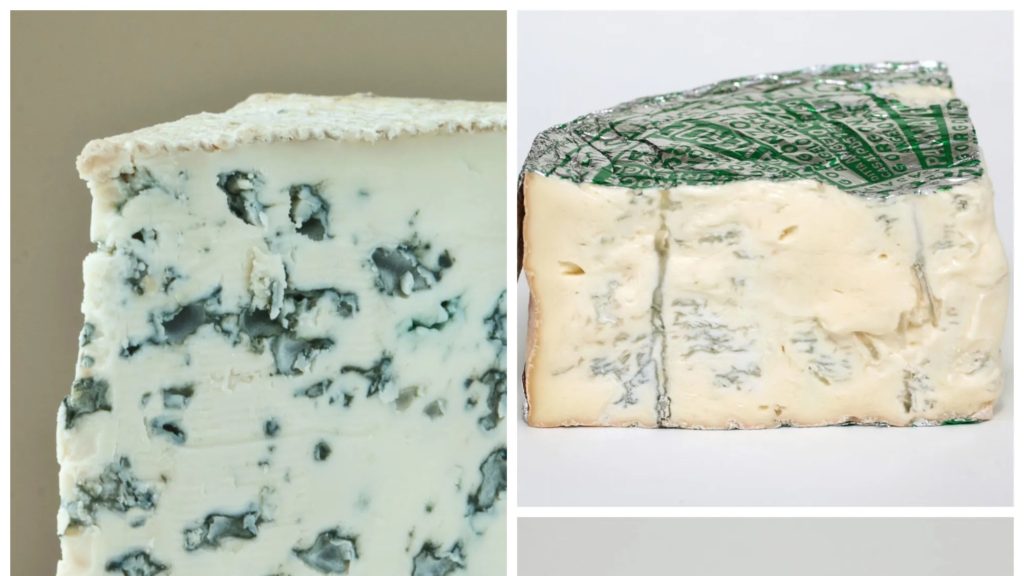
The penicillium roqueforti strain has been specifically chosen for cheese because it adds flavor. These penicillin molds are completely harmless in cheese making because the molds that grow on cheese do not produce the same mycotoxins that can be produced on other foods. With cheese-making, it’s the combination of acidity, salinity, moisture, density, temperature and oxygen flow that creates an environment completely unsuitable for the production of toxins.
The blue mold added at the beginning of the cheese-making remains dormant whilst the conditions have not been right for it to grow, but once the cheese curd has been ‘molded’ the conditions become perfect. All the mold needs now is oxygen.
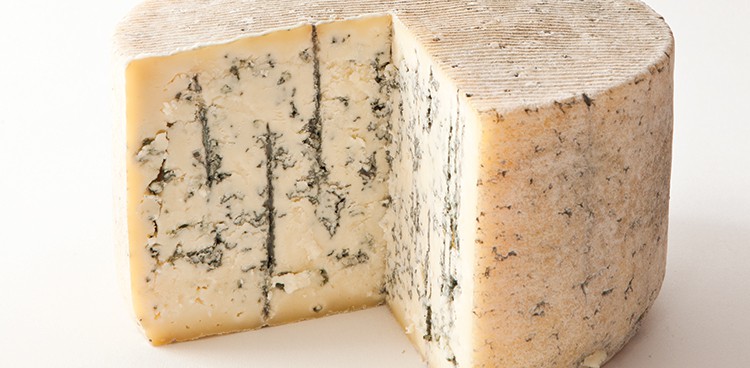
After 5 to 10 days, the cheese is pierced to allow the air in. The cheese is pierced with stainless steel needles. In older days, copper wire was used to do the piercing because it was the easiest thing to clean. The air holes created by piercing or needling allow oxygen to get inside the cheese, allowing the blue to develop properly. Often in a cut blue cheese the distinct linear paths of blue where the needle has pierced the cheese can be seen; it even be possible to see the hole on the outside of the cheese where the needle went in. The size and quantity of needles and the amount of piercing will determine whether the cheese will be more or less oxygenated, and therefore the amount of blueing.
WHAT TYPE OF WINE GOES WITH BLUE CHEESE?
There are two wine pairings for a blue cheese that are so famous that you may not think beyond them: port and stilton and Roquefort and Sauternes. With a creamy Gorgonzola, you could drink prosecco or other sparkling wine.


